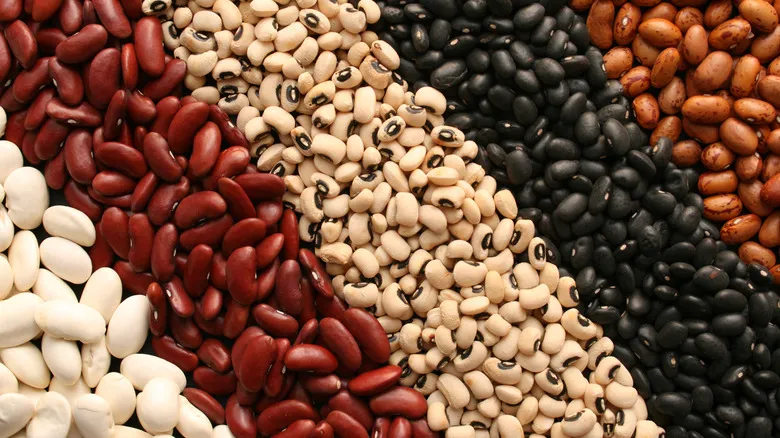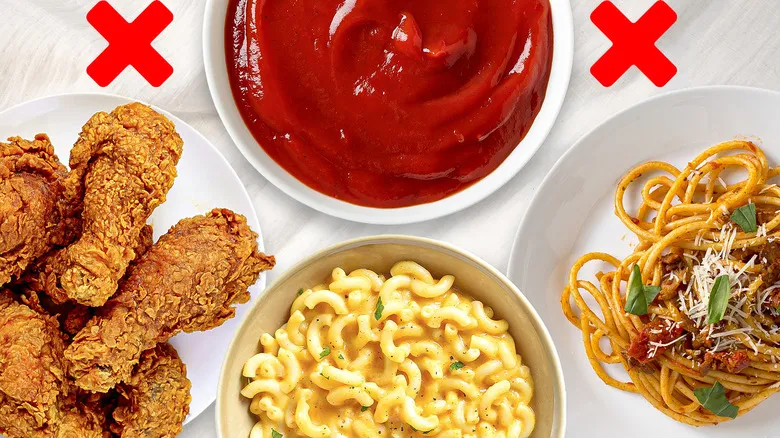Incorporating beans and legumes into your diet

Beans are not only tasty, but they are also typically affordable and incredibly simple to prepare. While each type of legume offers unique nutritional benefits, certain pulses, such as chickpeas, lentils, and standout varieties like kidney and black beans, are particularly rich in fiber, protein, and essential nutrients. Although this information might seem daunting for someone new to beans, there are numerous ways to gradually incorporate more beans into your diet.
To begin, explore cuisines that have a rich tradition of using beans as a fundamental ingredient. Cultures from the Caribbean, Latin America, and South America have long depended on various beans as a key source of nutrition, turning them into delicious, reliable meals. For example, you could prepare a batch of Cuban black beans to experience the flavorful potential of this pulse.
Alternatively, consider trying a legume-based dessert. Many vegetarians have already embraced the versatility of black beans, with some even baking black bean brownies—a delightful gluten-free treat that offers more fiber than traditional brownie recipes. You can also take a gradual approach to adopting a bean-rich diet. Some experts recommend starting with lentils, as they are easier to prepare. A comforting lentil soup is an excellent starting point. From there, you can experiment with simple bean-based snacks, such as white bean dip or black bean hummus.
Recommended

13 Foods You Should Avoid Adding Ketchup To At All Costs

Let Costco's Massive Serrano Ham Leg Steal The Show At Your Holiday Party

Fresh Or Dried Peppers: What's The Best Choice For Homemade Hot Sauce?

The Red Flag To Look Out For When Ordering Charcuterie At A Restaurant
Next up

